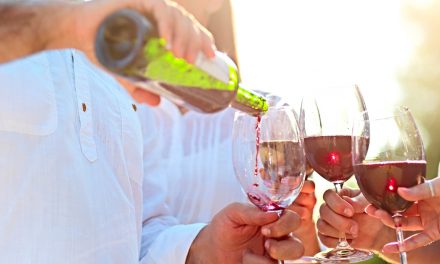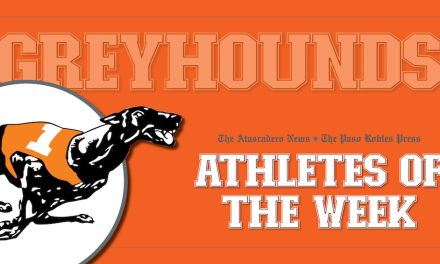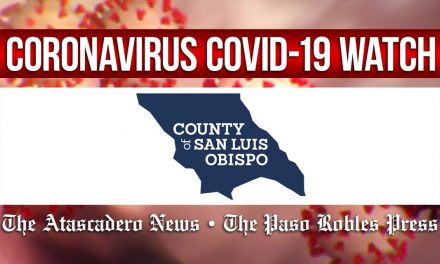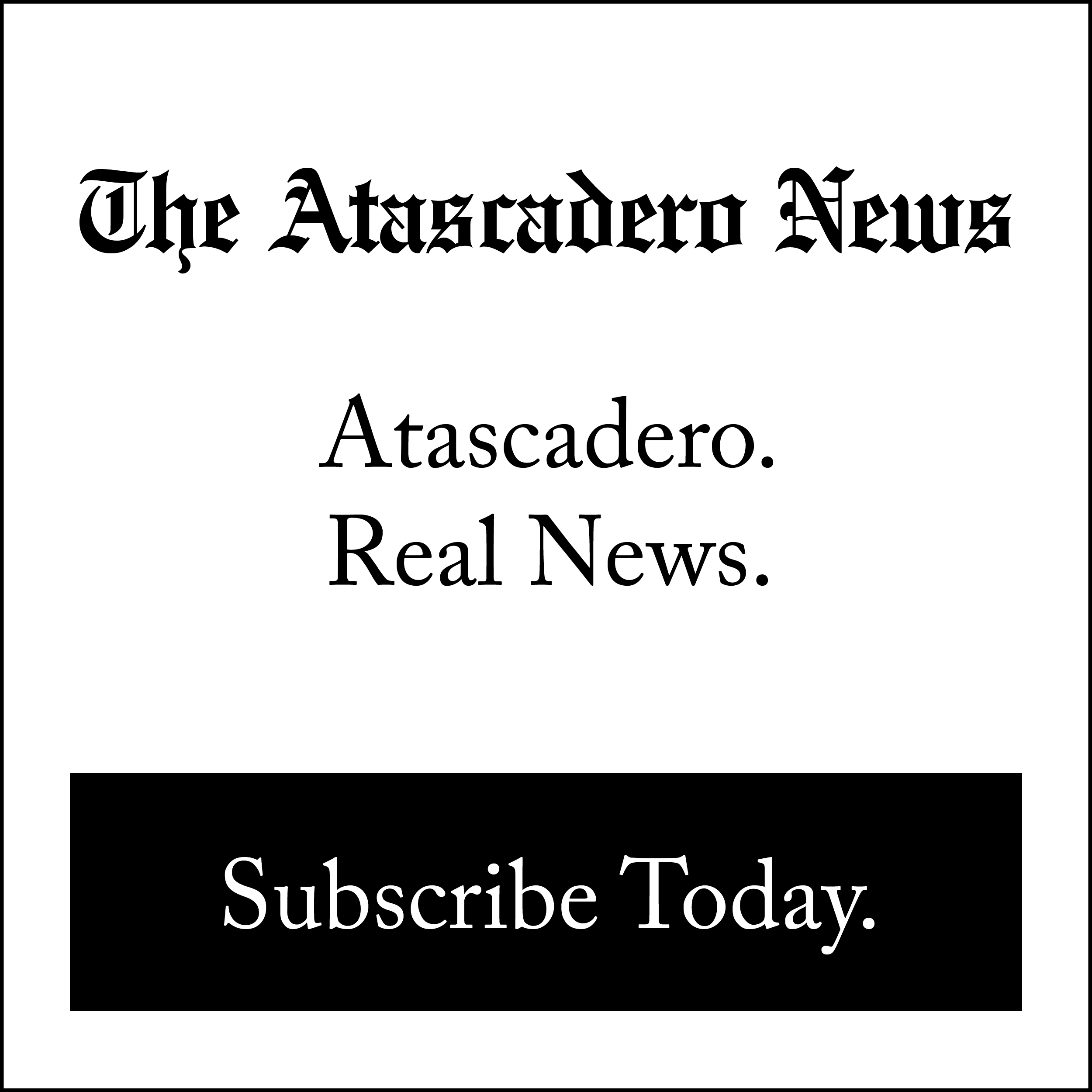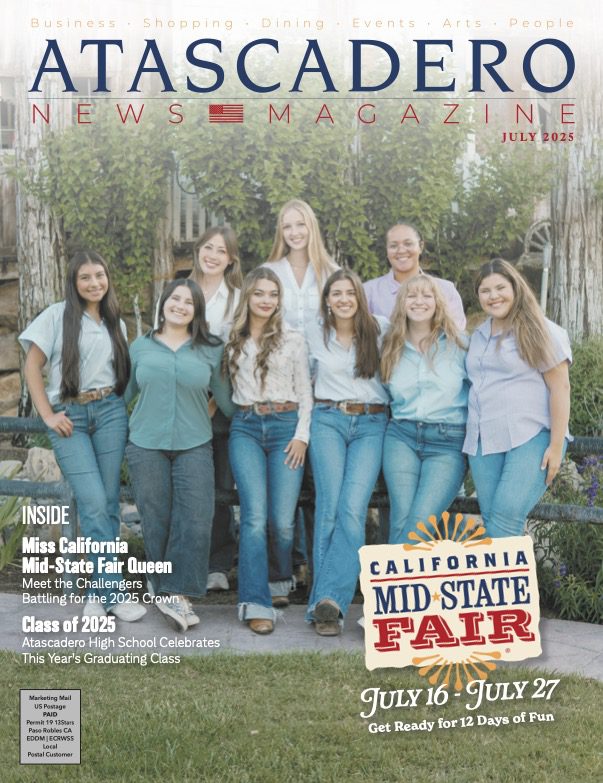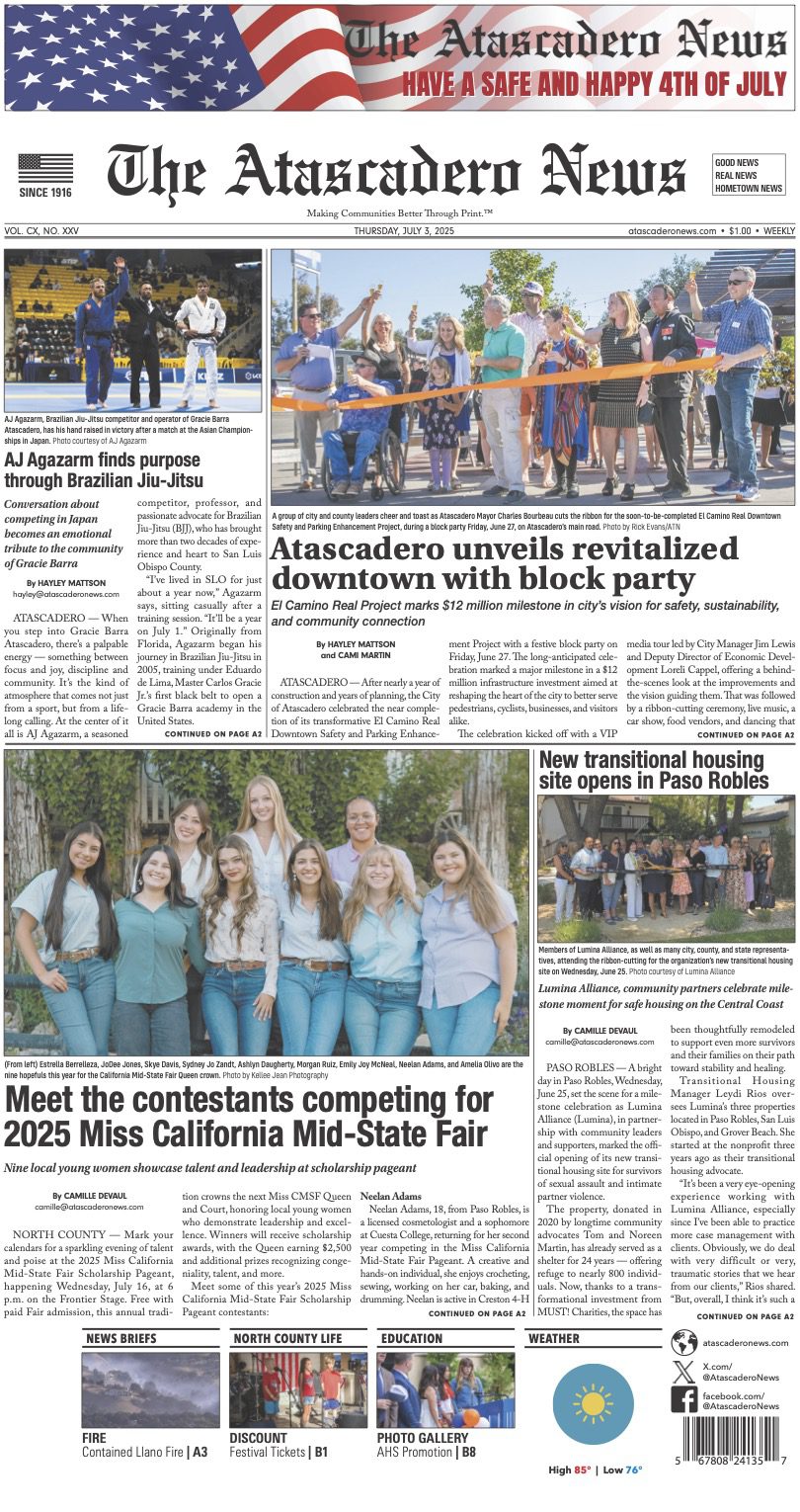The California Grizzly Bear
Gaspar de Portola lead the first Spanish overland journey north from San Diego. Accompanying him was Father Juan Crespi, along with 163 men and 180 horses and mules. Father Crespi was a Franciscan missionary and explorer. He was the official diarist and documented this exploration into the interior areas of Alta California. The group reached today’s San Luis Obispo on September 2, 1769.
Portola’s route followed fairly closely to what was to become El Camino Real (the King’s Highway) or Highway 101. It is important to note that they had escaped the scurvy that plagued the colony of San Diego by eating vitamin C rich watercress (berro) that was in the area.
The first stop here was made at Oso Flaco Lake (skinny bear). This is where the soldiers killed a grizzly bear and it was the first time they had eaten bear meat. Father Crespi said it “tasted very savory”. The California grizzly bear (Ursus arctos californicus) was the largest creature in California. The one killed measured 14 hands or about 10 feet tall. The soldiers also called this area Viper Camp because of the great number of rattlesnakes killed.
Later on, they encountered more bears digging for tule roots in the marshy ground and named this area La Canada de los Osos (Valley of the Bears). They also named a large rock along the shore, calling it El Morro (crown-shaped hill).
Three years later, during the spring of 1772, the people at Mission San Antonio and Mission San Carlos were nearing starvation. The gardens and orchards were just not producing enough food to support them. Lieutenant Pedro Fages, who was part of the Sacred Expedition and in charge of 25 soldiers, led an expedition back to La Canada de Osos for bear meat. Over a period of 3 months, Fages and his men killed 30 bears. This resulted in providing 9,000 pounds of air-dried and salted bear meat to the missions’ populations. The distance to Mission San Antonio is about 90 miles and to Mission San Carlos about 160 miles. It took a long time to prepare and deliver the meat by mules.
It was the experience in this area that prompted Father Serra to establish the Mission San Luis Obispo.
Bear Flag Revolt
The Bear Flag Revolt was a short-lived attempt by a group of 30 American settlers in Yerba Buena (San Francisco) to break away from Mexican rule. These settlers were farmers and ranchers and adventurers. It was described at the time you couldn’t ride a horse for a mile without seeing 10 grizzlies. And they were dangerous. So, the settlers chose the bear for their rude banner to scare the Mexican authorities.
A grizzly bear was daubed on a petticoat using a chewed stick as a brush along with a red five-pointed star above the words “California Republic”. As soon as the flag was hoisted over the custom house, the assembled crowd were heard to shout Coche, the common name for a pig.
Without firing a shot, the settlers then captured the city of Sonoma from the Mexican government.
It didn’t last long as the flag was retired on July 9th, 1846 when a landing party of 70 sailors and marines landed and raised the American flag – 27 stars – over the same custom house. The twenty-five-day Bear Flag Revolt had ended.



